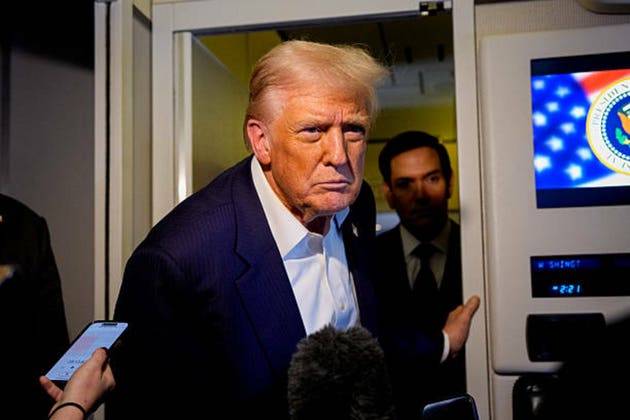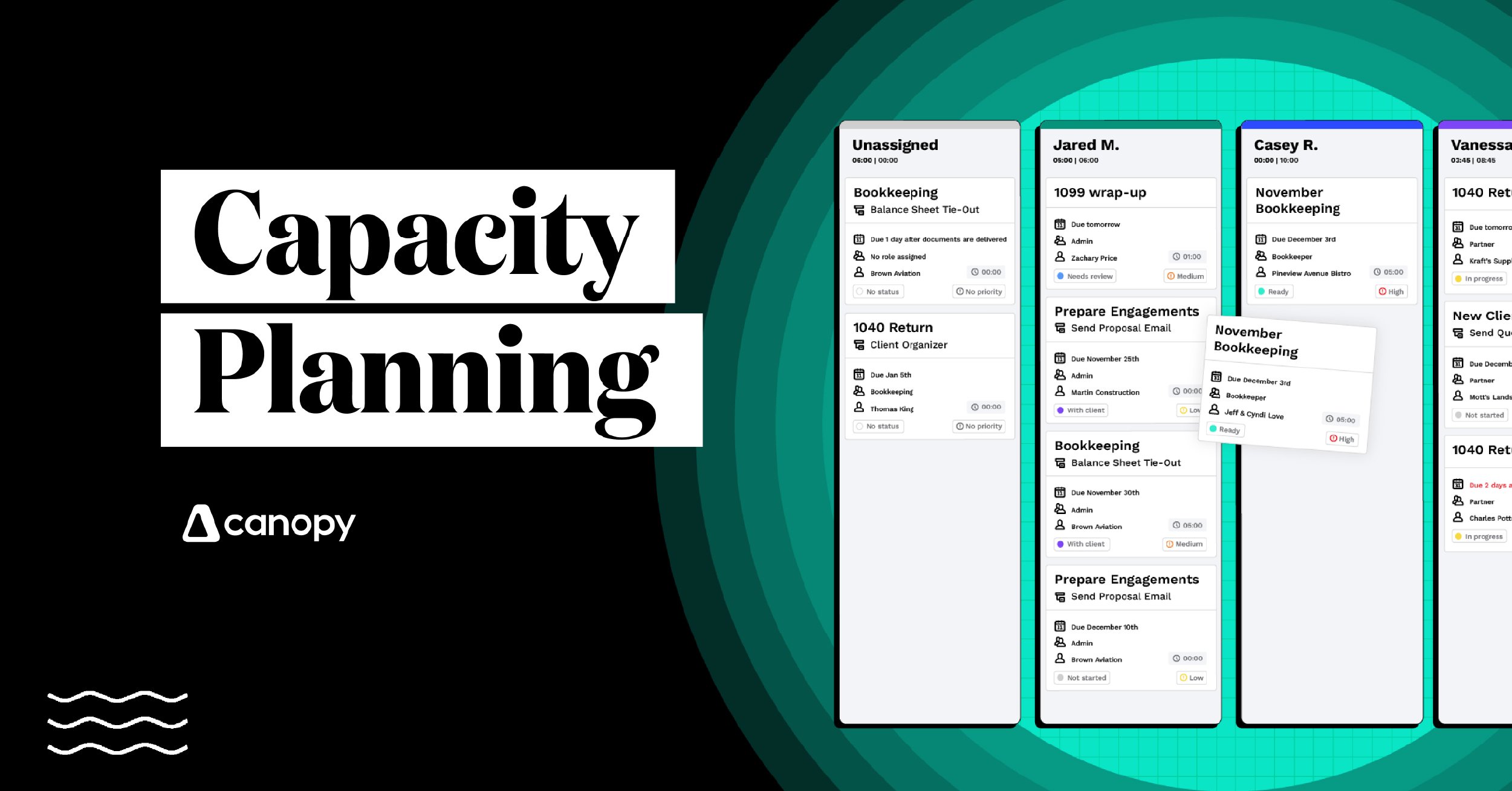By Stefano Rebaudo and Rocky Swift
(Reuters) -The U.S. dollar was mixed on Monday, coming off a six-day rally against the yen and a three-day losing streak versus the euro, as investors braced for a week packed with central bank meetings and trade negotiations.
The U.S. Federal Reserve wraps up its two-day policy meeting on Wednesday, while rate decisions from the European Central Bank and the Bank of Japan are due on Thursday.
U.S. President Donald Trump said the U.S. and China were set to “come away with” a trade deal, as he is expected to meet Chinese President Xi Jinping later this week in South Korea.
The Chinese yuan rose to a more than one-month high against the dollar of 7.1103 ahead of that. Prior to the market open, the People’s Bank of China set the official yuan midpoint rate at 7.0881 per dollar, the strongest since October 15, 2024, and above a Reuters estimate of 7.1146.
EYES ON BOJ AND ECB MEETINGS
The yen extended its slide against the dollar for a seventh straight session, pressured by the appointment of new Prime Minister Sanae Takaichi, seen as a fiscal and monetary dove, while surging oil prices added further pressure on the currency and other oil-importing peers. But after the dollar touched 153.26, its highest since October 10, it fell back to trade down 0.05% at 152.80 yen.
Several analysts expect the so-called Japanese fiscal premium – due to concerns about Japan’s deteriorating fiscal outlook – to remain elevated and limit the scope for yen appreciation.
Meanwhile, with the ECB set to keep policy and messaging unchanged this week, the market’s focus is likely to be on the BoJ meeting on Thursday.
“There is risk that the Bank of Japan will hike rates, and any hawkish guidance could move the yen significantly,” said Bob Savage, head of markets macro strategy at BNY.
The BoJ is likely to debate this week whether conditions are right to resume rate hikes as worries about a tariff-induced recession ease, though political complications may keep it on hold for now.
FED EXPECTED TO CUT BY 25 BPS
With a 25-basis-point Fed rate cut long priced in, markets will closely watch for any signs that the central bank may be preparing to wind down its quantitative tightening programme.
Barclays strategists said the most market-moving outcome would be “an immediate end of QT along with a signal for imminent outright bill purchases to shore up bank reserves.”
They noted that similar shifts in the past have typically lifted risk assets, which are now showing a stronger positive correlation with the dollar.
























